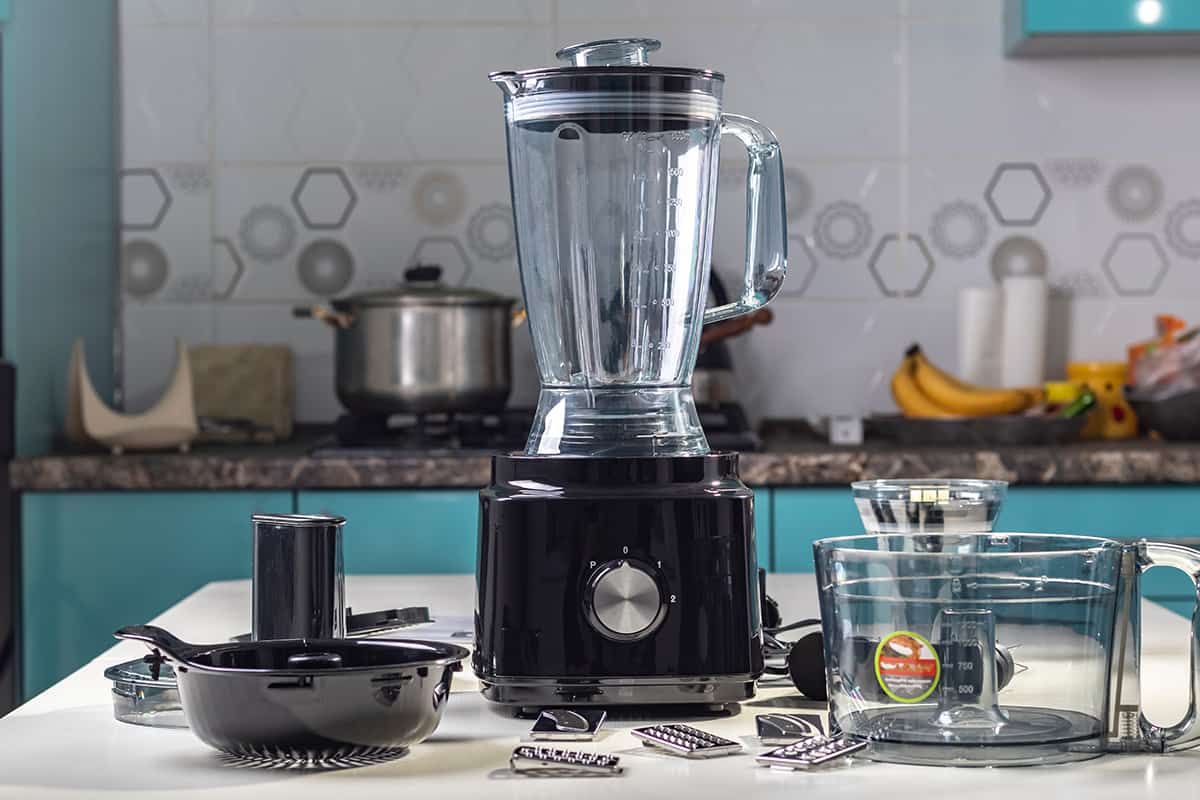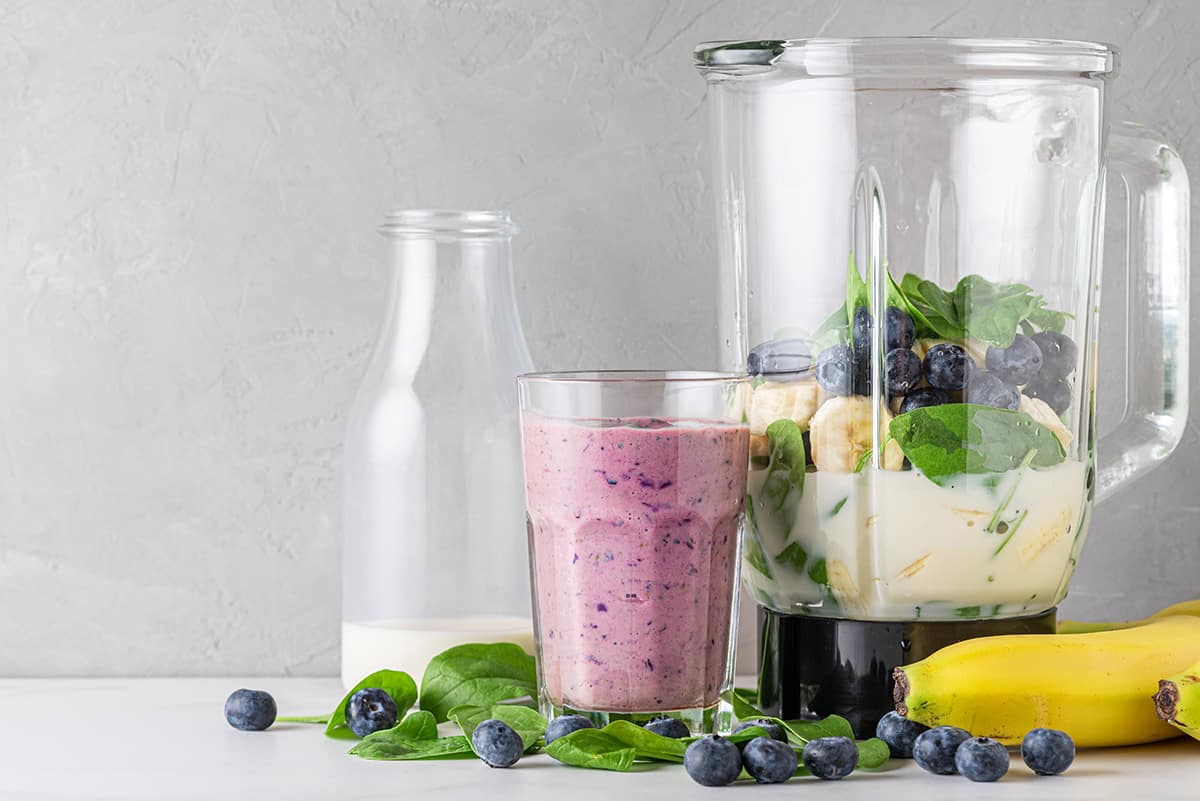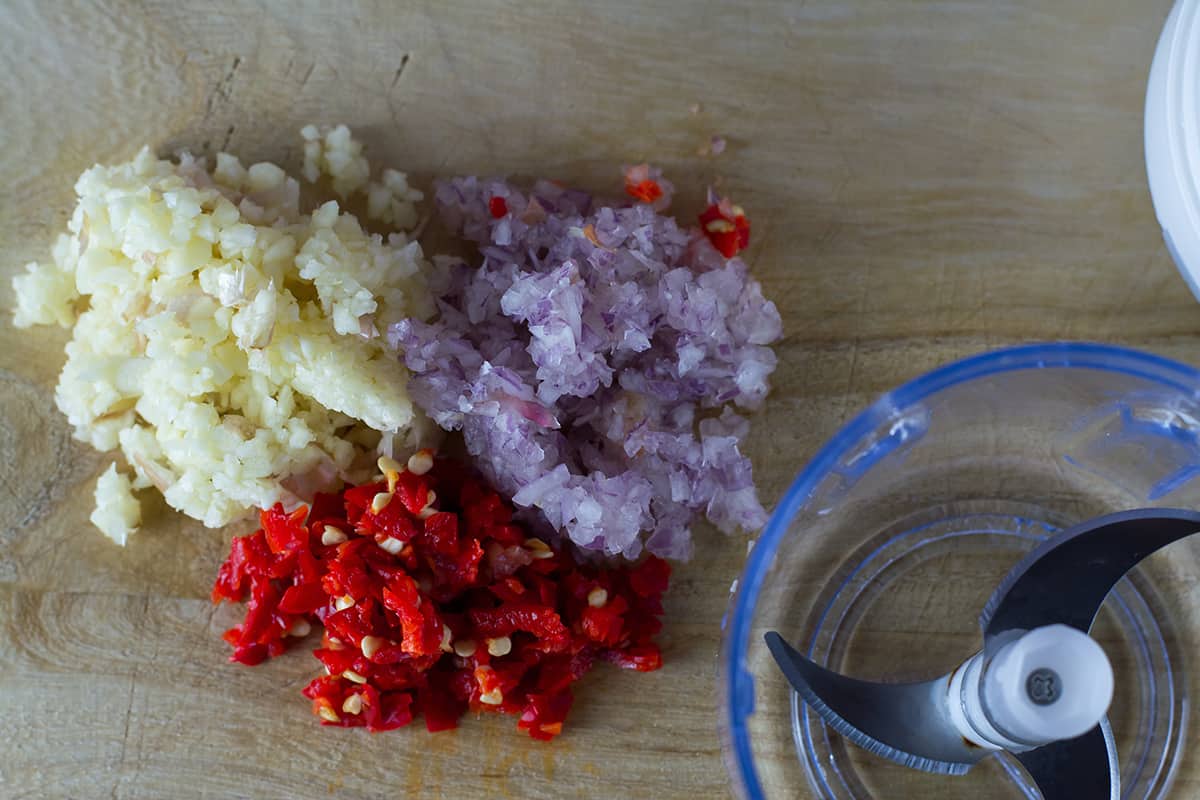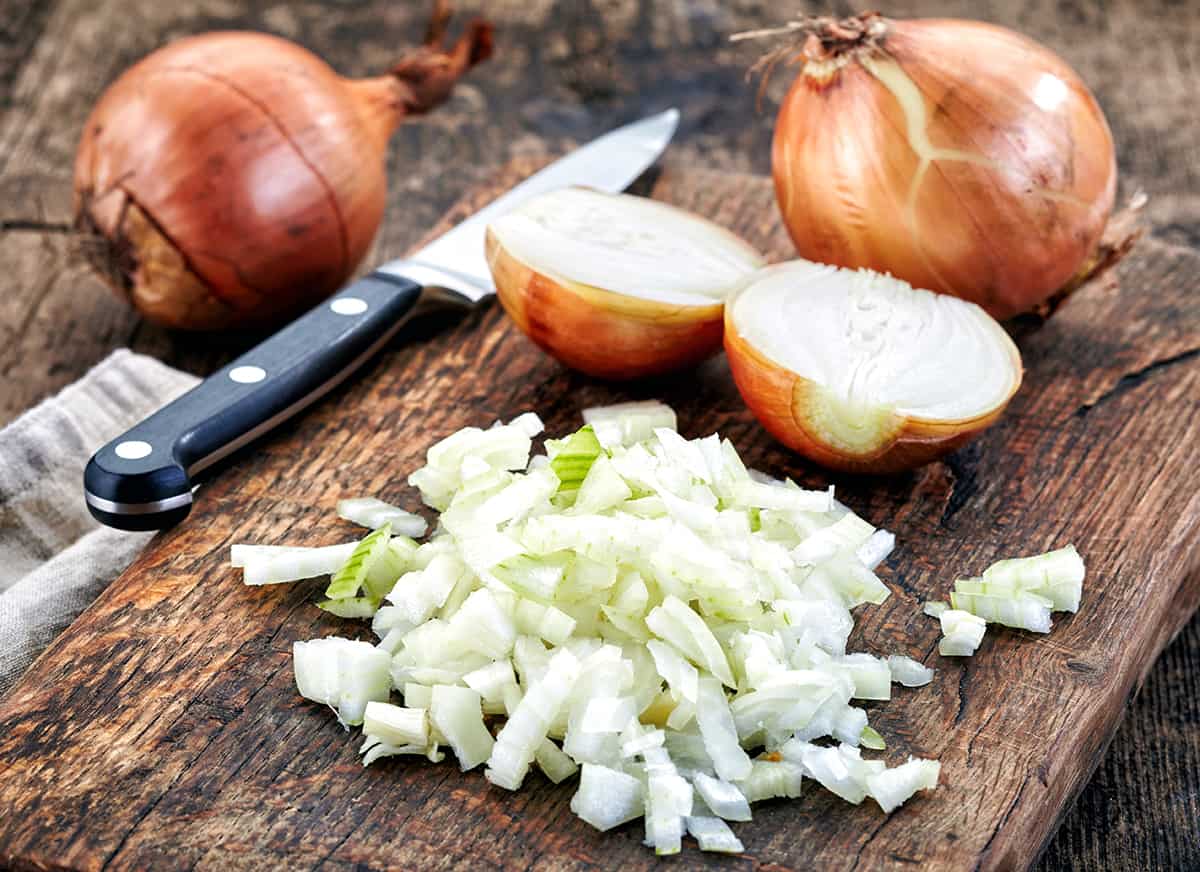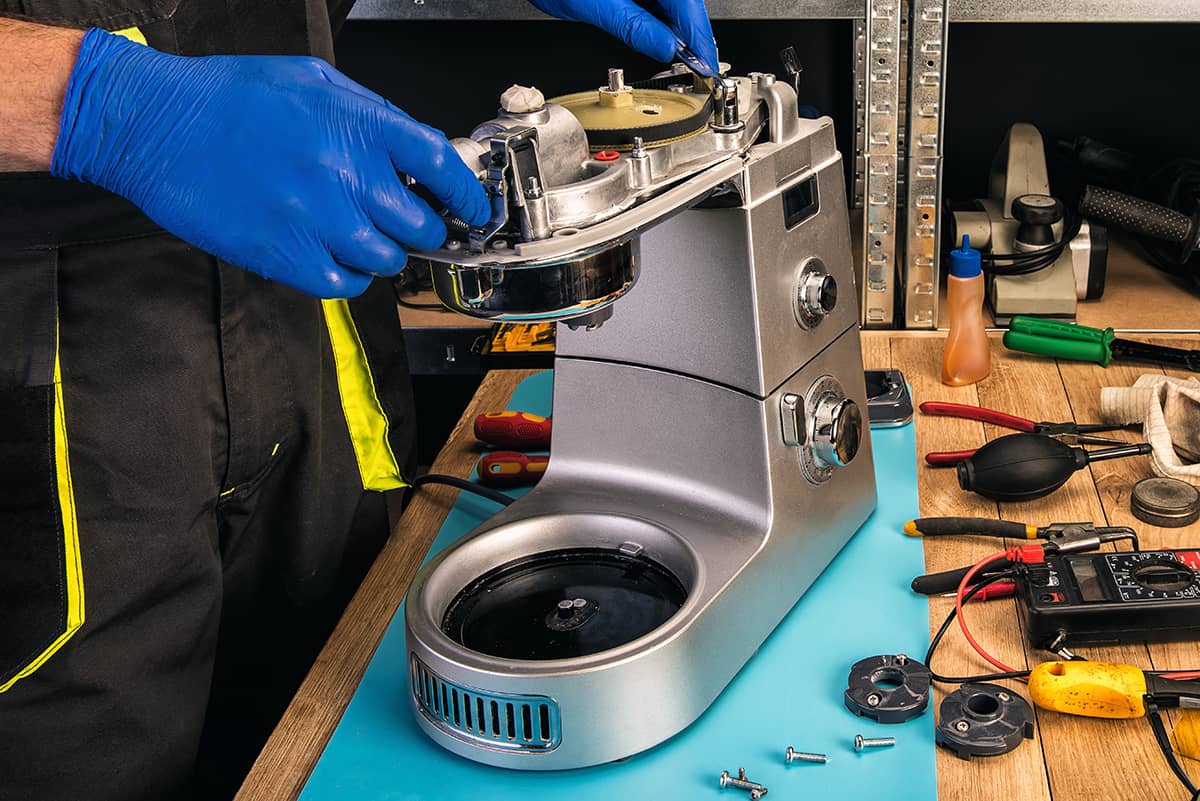If you’ve never used one before, you should know that a food processor is one of the most versatile home kitchen appliances. Not only does it take over the tasks of several kitchen tools, but it does so while taking up little valuable kitchen space. So, without a food processor, what alternative tools can you use in its place?
A food processor takes over the tasks of mixers, blenders, grinders, choppers, grain mills, graters, pestle and mortars, and several more tool kitchen tools and appliances.
In this guide, I’ll explain the various tools and appliances that can be used in place of a food processor, and I’ll also cover why a food processor is a smart investment for home cooks.
What Does a Food Processor Do?
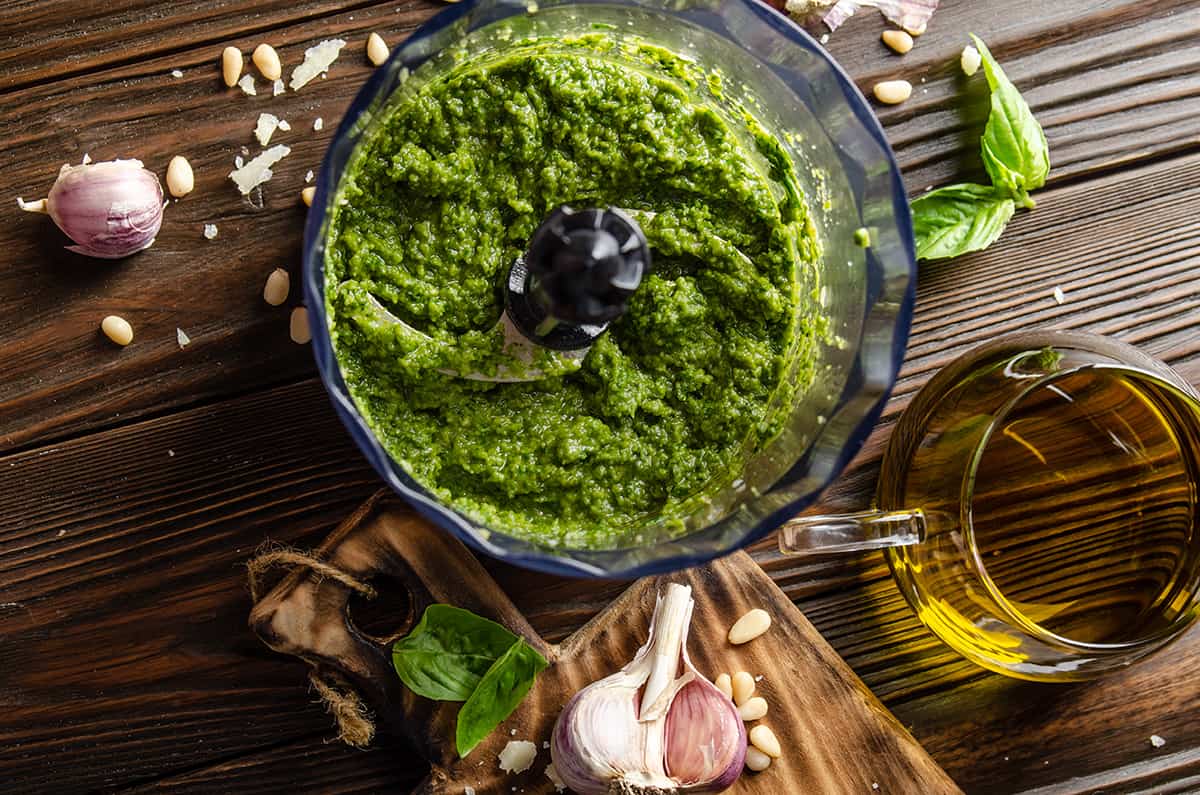
From its name alone, it can be pretty difficult to figure out what a food processor can do. However, the vagueness of its name is actually its greatest selling point. A food processor can do pretty much anything your hands and knives can do in the kitchen.
The main purpose of a food processor is to cut large ingredients into miniature chunks. It comes with a multi-blade accessory that slices, dices, minces, and chops fruits and vegetables, allowing you to focus your mind on other things.
What makes food processors great is that they can come with a wide assortment of cutting accessories. Blades, discs, and spiralizers will process whole ingredients into small, uniform chunks in a fraction of the time it would take using your hands and/or different tools.
Food Processor Alternatives
If you don’t have a food processor, that doesn’t mean you can’t prepare food in the kitchen. The following tools are direct alternatives to a food processor—they’re just limited in what they can do.
Blender
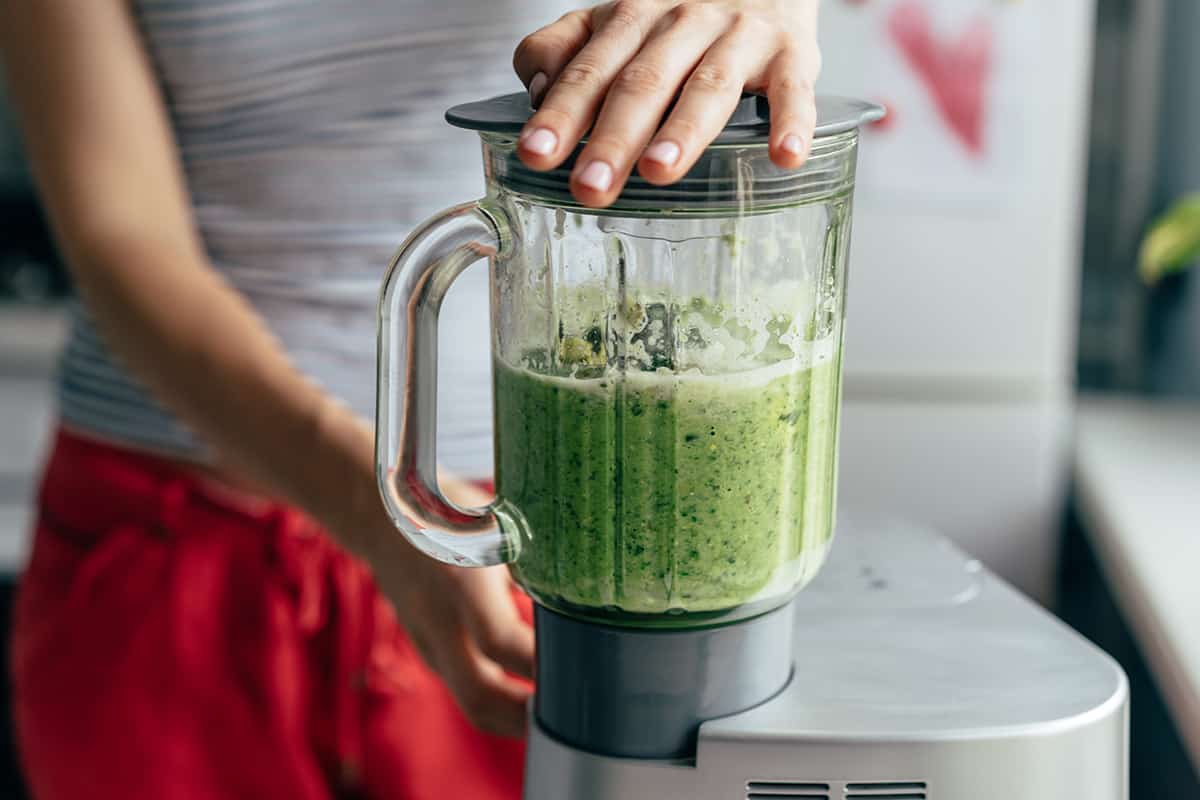
Everyone knows what a blender is, but many people have trouble distinguishing blenders from food processors. After all, they both use a high-speed blade to break down whole ingredients.
The difference is that a blender is mainly used for liquifying ingredients or incorporating whole ingredients with a liquid base—e.g., stock, water, fruit juice, etc. However, with a steady finger on the pulse button, you can use a blender to chop vegetables and fruits into semi-uniform chunks.
But there’s something that some blenders can do that food processors can’t, which includes making extracts and juices. Unless you have a blending blade attachment for your food processor, you should stick to a blender for making fresh, nutritious fruit and vegetable extracts and juices.
Meat Grinder

A food processor can break down chunks of meat into a paste for meatballs and meatloaf. You can also pulse the meat to turn it into ground meat for burger patties and whatnot. If you don’t have a food processor, and if you’re a big BBQ kind of person, then you should consider using a standalone meat grinder instead.
Meat grinders are incredibly powerful tools that turn whole meat chunks into fine, moldable mash. The great thing about meat grinders is that it blends meat and fat perfectly. It takes a food processor several more minutes to combine the two components together, as well as a keen eye to prevent the blades from overworking the protein.
Ricer

Something else food processors are great for is turning boiled food items into a mash. As long as you didn’t add flour to the food processor’s bowl, you don’t have to worry about overworking the mash and developing gluten.
In place of a food processor, you can make mash by passing the boiled ingredients through a ricer. The great thing about ricers is the uniformity of the mash. It breaks down all of the chunks by passing them through tiny holes. A food processor, on the other hand, requires patting the food down to bring them closer to the blade.
A hand masher is a substitute for a ricer and food processor. You might not get the same smoothness as you would with using a ricer, but if you’re a fan of chunks in your mash, this is the tool for you.
Rolling Pin and Ziploc Bag
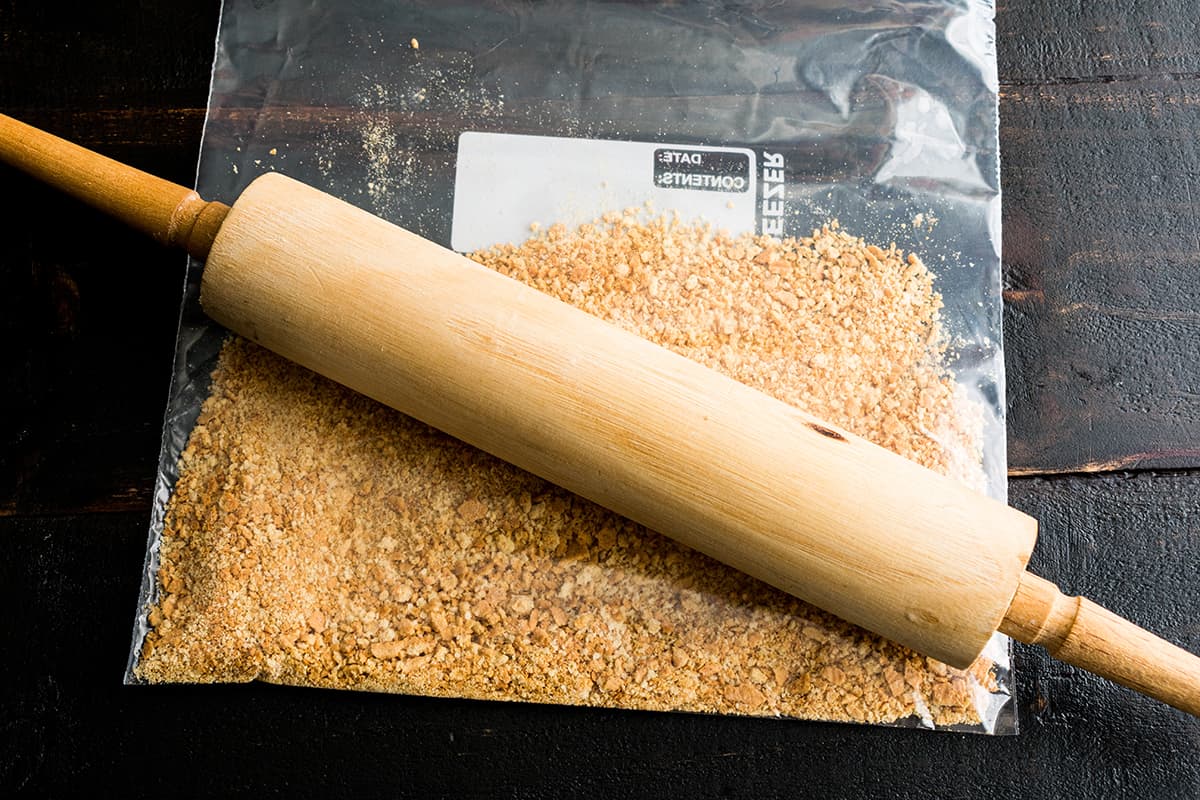
Believe it or not, food processors work just as well as blenders as breaking down ice cubes. You can even make snow cones with a food processor, assuming you have the right type of blade attachment, of course.
But you can break chunks of ice into manageable pieces by stuffing the cubes inside a Ziploc bag, sealing the bag, and giving it a couple of good whacks with a rolling pin. Just make sure not to swing with all your might since you might end up tearing through the bag.
Sadly, your ice chunks will melt before you get a chance to make shaved ice for snow cones. However, there’s another tool you can use to make shaved ice, which is known as a…
Grater
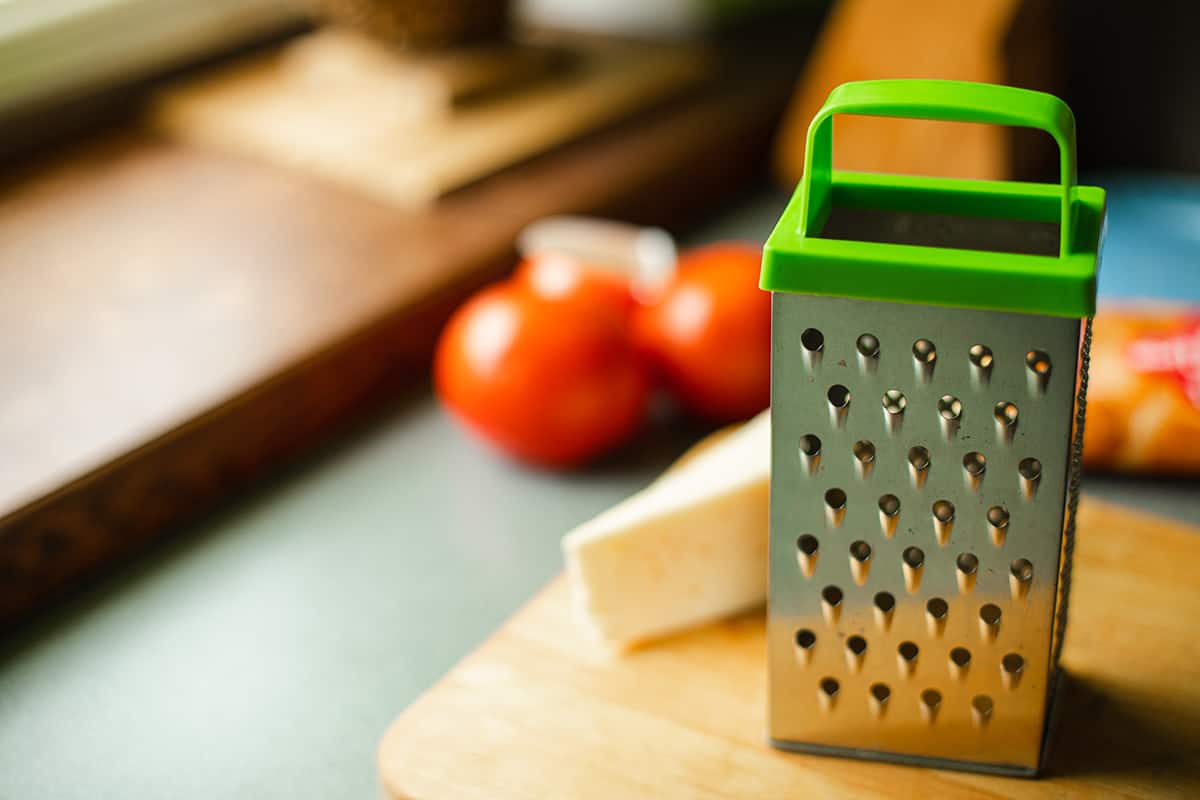
Most people think of graters as tools for shredding cheese. Of course, that’s not all it can do. You can use a grater to make shaved ice or produce thin strands of your favorite melons. The downside of using a grater is that it can grate your skin off if you’re not careful.
Compared to a food processor, a grater takes a lot more time to turn blocks of ice or cheese into fine shavings or shreds. However, a box grater has different grating styles, allowing you to make slices or even separate fruit pulp from its juices.
Mixer

When you think food processor, you usually don’t associate it with mixing. Certainly, you can mix ingredients together to make salsas, dips, and smoothies, but mixing liquid ingredients together? You’ll need a stand or hand mixer for that.
What’s great about stand mixers, especially those sporting the KitchenAid brand, is that they have a wide range of attachments, including ice cream makers and pasta cutters. These are two functions that you can never get a food processor to do, though its spiralizing attachment can make vegetable pasta.
Whisk
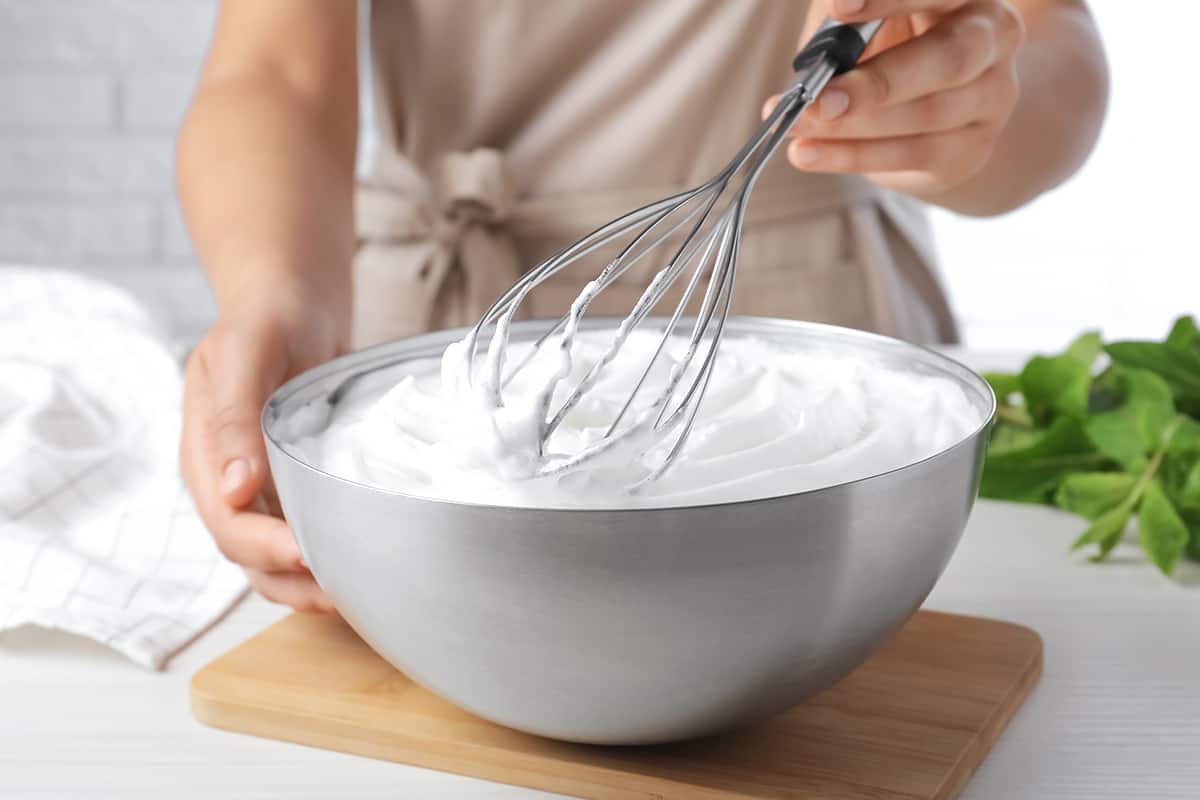
Mixing isn’t just about incorporating ingredients together. If you mix at high speed, you introduce air into it, which is simply known as whisking. Food processors can whisk ingredients in a jiffy, but if you don’t have one, a simple balloon whisk will work just fine.
One huge advantage of whisking by hand is that you have full control over how much air to introduce into the mixture of ingredients. Food processors make quick work out of whipping cream, but it can go from soft peaks to stiff peaks if you’re not careful.
Alternatively, you can pour heavy cream into a jar and shake it vigorously. Make sure not to go overboard since you might end up with butter and unfermented buttermilk.
Knives
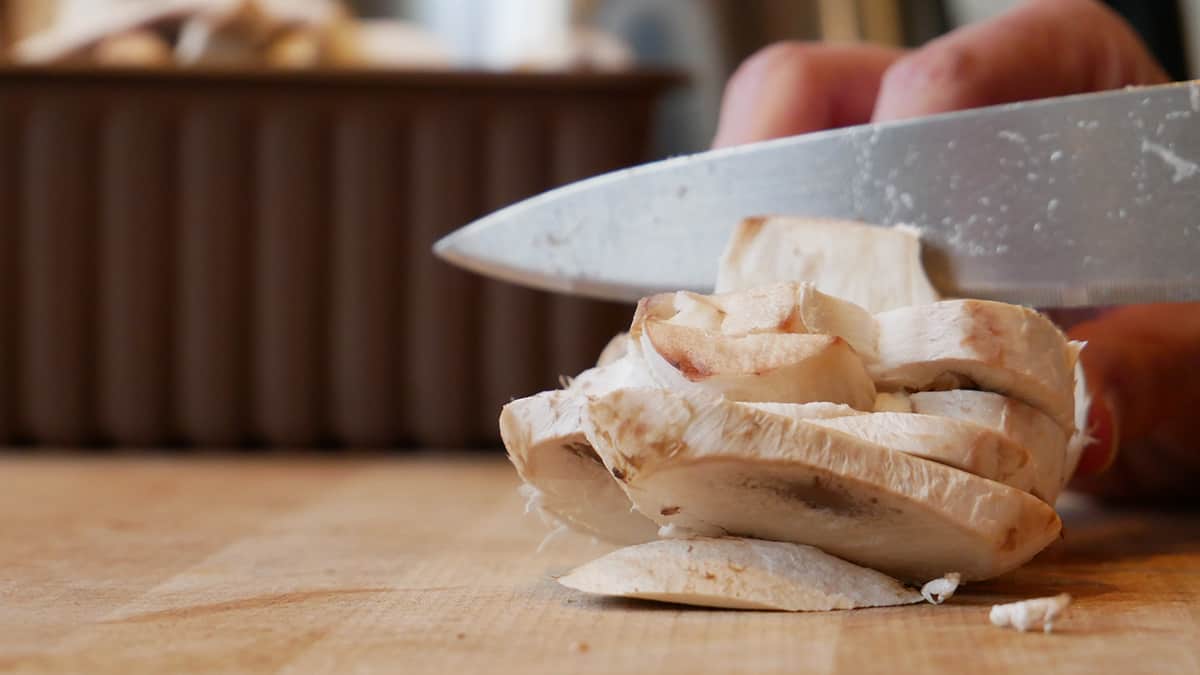
Some of the most basic functions of a food processor are mincing, slicing, and dicing. All of these things can be done using a high-quality chef’s knife. As long as you sharpen and hone the blade frequently, you should be able to cut ingredients into uniform shapes with relative ease.
Is using a knife as easy as pressing the pulse button on a food processor? Not by a long shot, but at the very least, you can decide how to cut the ingredients.
Chopper
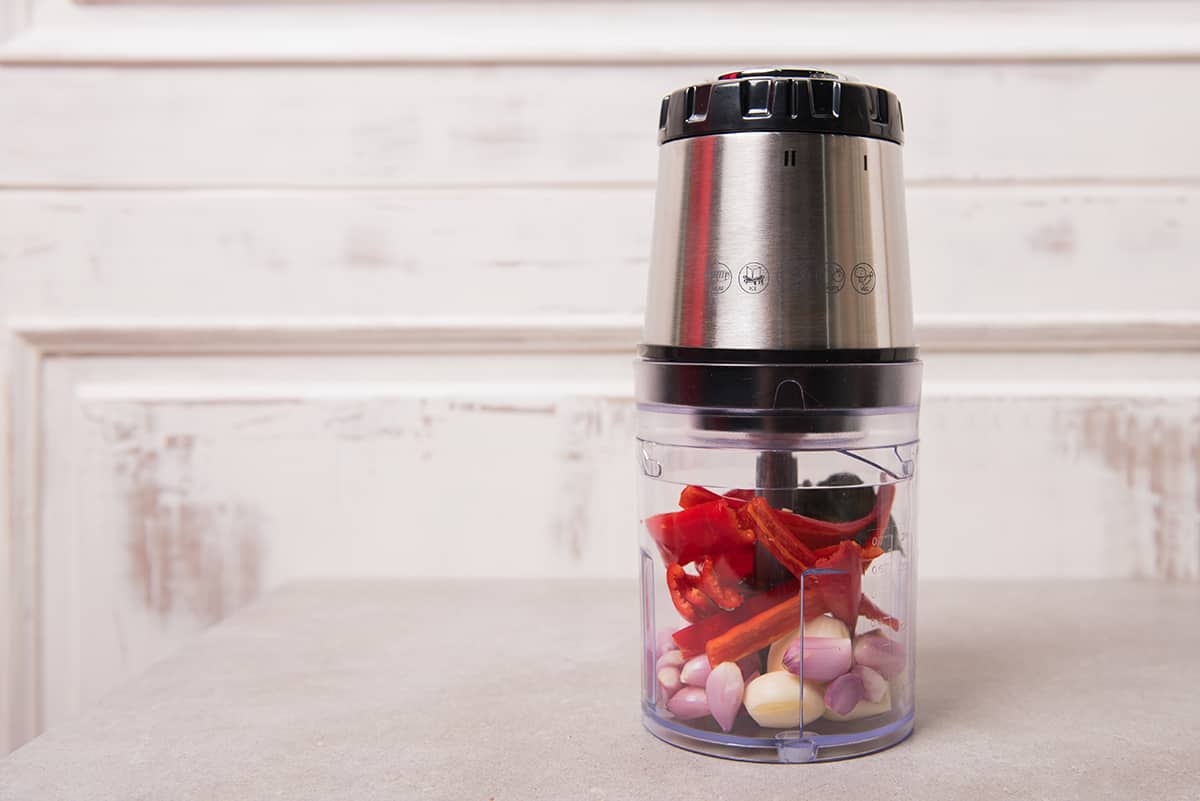
Another important function of a food processor, which is what most home cooks use it for, is chopping vegetables. Using a chopper tool, you can finely chop any fruit or vegetable without having to plug it into a wall outlet.
Choppers are relatively inexpensive tools. They also do quick work out of chopping—a few taps on the lid are all it takes to break down chunks of carrots into fine pieces. The more you push the lid down, the finer the chop!
Your Hands
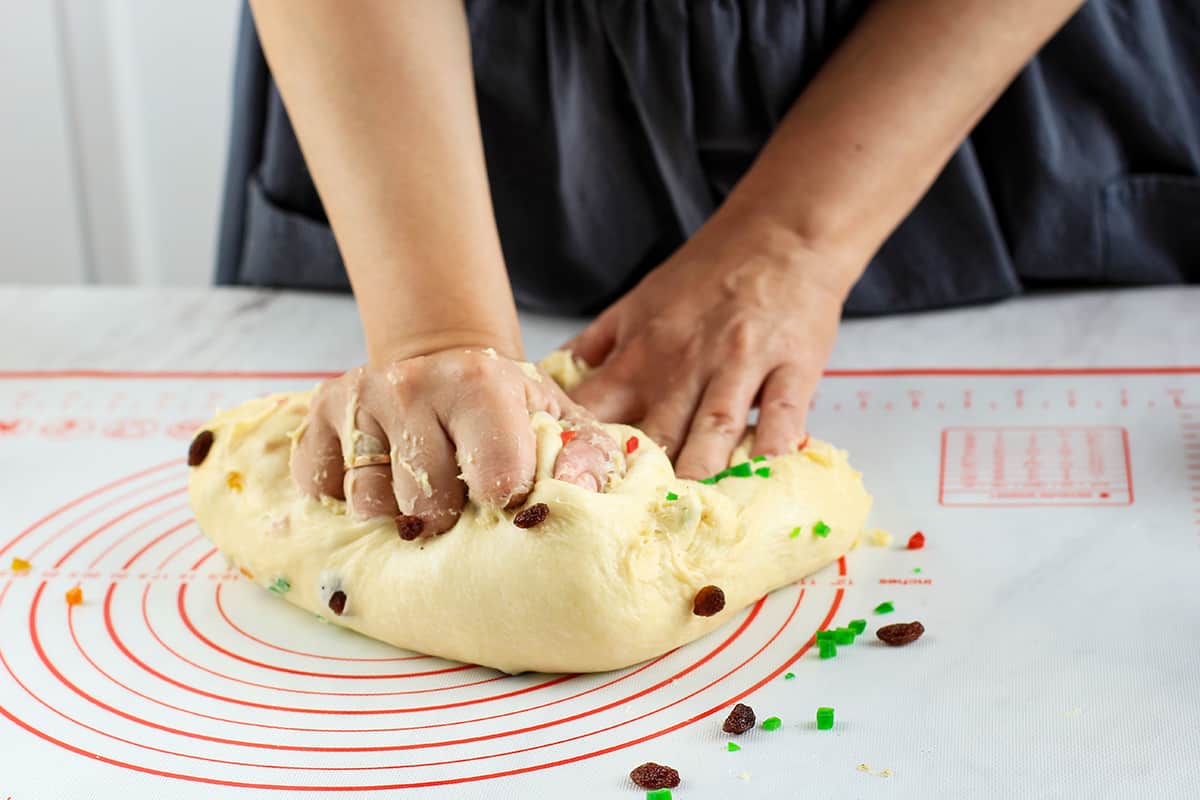
Obviously, you need your hands to operate all of the alternatives of a food processor, but there’s another thing worth mentioning—kneading dough. With the right attachment, your food processor can turn flour, fat, and a leavening agent into a moldable ball of dough that’s ready for the oven (after the proofing phase, of course).
What’s also obvious is that kneading the dough by hand is time-consuming. Not only that but the more the gluten develops, the more muscle it takes to stretch and fold over the dough adequately.
Is a Food Processor Worth It?
From the list of alternatives above, it’s clear that a food processor is a super-versatile tool. However, do you need one, or should you stick with the alternatives you have in your kitchen?
A food processor is a high-tech chopping device for most home cooks, though it works incredibly well at making dips and smoothies. However, a blender, which most people already have, can cover much of what a food processor can do. And there are attachments that you can get for your blender to add to its versatility.
That said, if you don’t have the alternatives listed above, or if you want to cut down your food preparation time by a lot, then yes, a food processor is definitely worth the investment.

